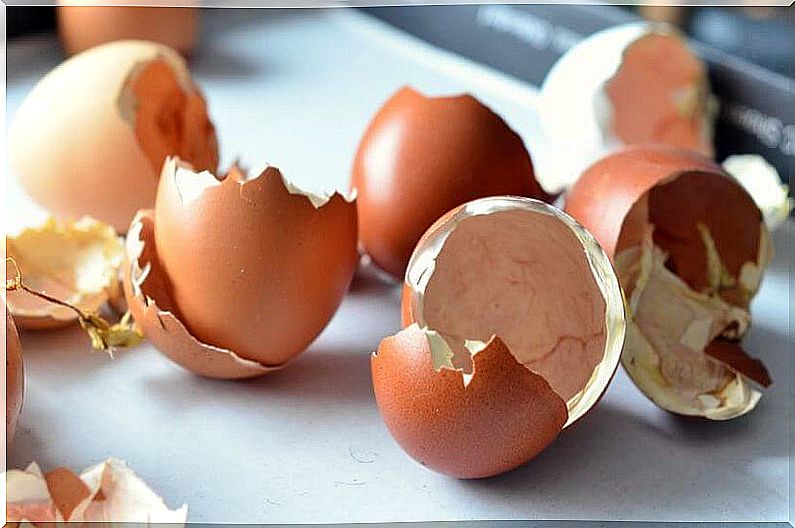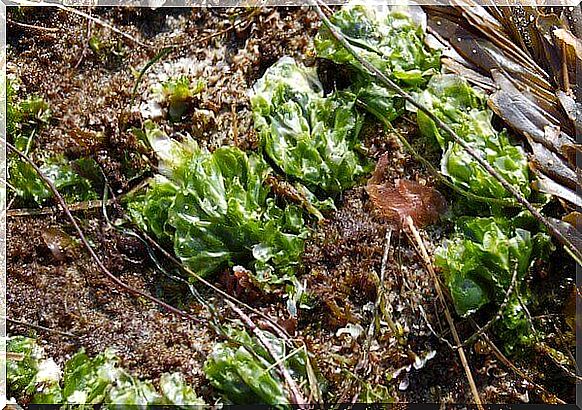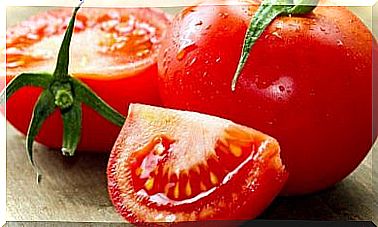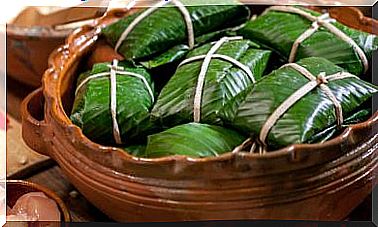Do-it-yourself Natural Fertilizers: 5 Methods
Some remains of food that contain potassium and calcium can be used to make organic fertilizers to nourish the earth. In our article we explain how to use them to do something good for our plants.

There are many ways to produce natural fertilizers to do something good for the plants in the garden. Many fertilizers can be obtained in various purchasable presentations, but there are also 100 percent natural ingredients that give the earth an extra supply of nutrients.
These are actually options that have been used since ancient times, but which have been replaced by artificial fertilizers in the last century. Although it nourishes the earth quickly, it has negative effects in the long term, as it ultimately depletes it.
Even if the roots of our plants cannot distinguish between one and the other fertilizer, industrial products ultimately lead to imbalances. Not only does it reduce the percentage of “good” microbes, they also kill the earthworms. So how do you make natural fertilizers ?
1. Natural fertilizer made from banana peel
Banana peels are one of the best ingredients for natural fertilizers because of their high potassium content. Along with nitrogen, this essential mineral is one of the most important nutrients for plants. It contributes to photosynthesis and the formation of resistant tissues.
Potassium also supports the plants when they no longer have so many flowers or appear dreary. You can prepare the banana peel naturally or as a tea.
Preparation and use:
- First cut the banana peels into strips, then boil them with water for 15 minutes.
- Then take the tea off the stove and let it steep a little.
- Now spray it on the earth around the plant. If you want, you can leave the banana peels there as well.
2. Natural fertilizer made from apple cider vinegar
The acetic acid in apple cider vinegar fertilizes plants that grow in acidic soils. The uptake of the nutrients supports the health of the plant and avoids a “burnt” appearance of the leaves.
Preparation and use:
- Just add a spoonful of apple cider vinegar to the water you use to water the plants.
- Use this recipe at least once a month.
3. Natural fertilizer from egg shells

Usually egg shells are mixed with other natural ingredients to make natural manures. However, you can use them on their own as they are high in calcium. This prevents rot at the root tips of plants such as tomatoes, cucumber and eggplant.
Preparation and use:
- First grind up several eggshells, then add them to the roots.
- However, you can also let the eggshells dry first and use a mortar to reduce them to a fine powder.
- Now all you need to do is sprinkle the powder around the plants.
4. Natural fertilizer from wood ash
Natural wood ash fertilizers can help the flowers and fruits of some plants to ripen. This natural element is high in potassium and phosphorus. Both minerals enrich the soil.
On the other hand, this fertilizer also contains substances that repel ants and other pests. However, it should be avoided in plants that live in acidic soil as it changes the pH value.
Preparation and use:
- First, take a sufficient amount of wood ash and then dissolve it in water.
- Then water the desired plants with this mixture.
- If you want, you can also sprinkle a thin layer of ash two to three inches away from the stem instead.
Caution : Make sure the ash is not from wood that has been damaged by heavy metals or other pollutants. Because that could ruin your garden.
5. Natural fertilizer from algae

One of the natural fertilizers that few know about is algae. This ingredient can be obtained both fresh and dried. Algae contain strong trace elements that serve as nutrients for the “good” microbes that live in the soil.
This gives the plants a healthy appearance and does not wither. This fertilizer also protects you against some microorganisms that can cause disease.
Preparation and use:
- Chop up a generous amount of the seaweed and then place it in a bucket of water.
- Cover the bucket and let the fertilizer sit there for two to three weeks.
- After this time, moisten the soil with the liquid.
- Two cups are enough for small plants. If the plant is medium or large, then you should use four to six cups of the fertilizer.
Do you want to strengthen the plants in your garden? Then don’t spend any money on expensive industrial fertilizers. First try out the ingredients in our article and see for yourself how effective they are.









